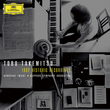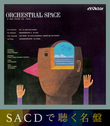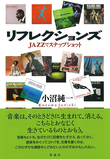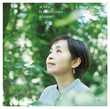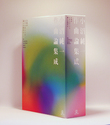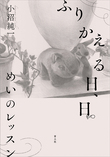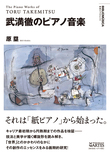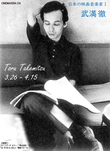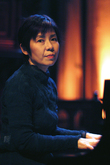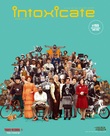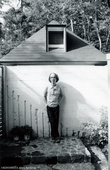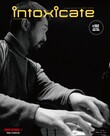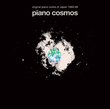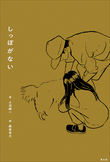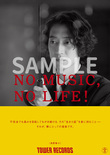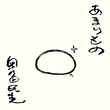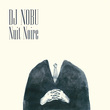Away, all, alone. Every point of departure is local.
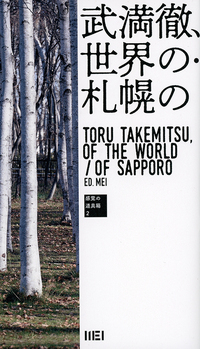
It seems to be Takashi Tachibana who taught me that he was a boy with tears to see stars blinking in the night sky. But my memory is blurred. Yuji Takahashi remarked that there could be no other composers who were easily affected by the outside as he. A person harmonizing the outer world, Toru Takemitsu might have been a frontier contacting the border. Each otherness comes in contact with, so naturally, each meets as a frontier. But I think we usually tend to focus on the inside of us.
The lecture by Takemitsu included in the CD, Toru Takemitsu 1982 Historic Recordings, was the trigger to publish this book, Toru Takemitsu, of the World / of Sapporo. The book opens with that his lecture. His 2 short essays, “Sapporo and Me” and “As a Citizen of the Music World” are also included as a reference. The lecture is followed by “The Ways to Listen to Works of T. Takemitsu” by Junichi Konuma. Then Of the World / of Sapporo the dialogue between him and Chihiro Minato who conceived this book, and conversations among people who were involved and realized concerts of Takemitsu in Sapporo are followed.
Takemitsu was the composer who meticulously treated the image words captured. The composer who was known to accumulate images by words 3 years before the composition in some cases, extracted impressive words and composed the titles of his works by using them. But Mr. Konuma raises the question against consuming the impression of music through these words in the title which excessively evoke images. So he recommends directing these words and images to the movements of notes, or settings of sound. Say, breathing, inhaling, and exhaling. These are the movements inevitably settled in making music and playing an instrument. And those movements overlap the images; restless waves, the waxing and waning of the moon, and blinking star lights as in the title, and then he shows that your imagination would arrive at the endlessness of music which is brought by the impression of whole Takemitsu Music.
Reading through the dialogue and conversations, you would feel the enthusiasm of the time when it took hours, days, weeks, and years to meet the records you crave to listen to or experience amazing concerts. The concert of 1982 never happened out of nowhere. This concert was realized with years of effort from people who wanted to introduce and listen to his music in Sapporo. Around that time, everywhere except Tokyo was a cultural desert. The book tells that Toru Takemitsu had gone to one of the deserts, Sapporo, and Sapporo vibrated his creative energy.

